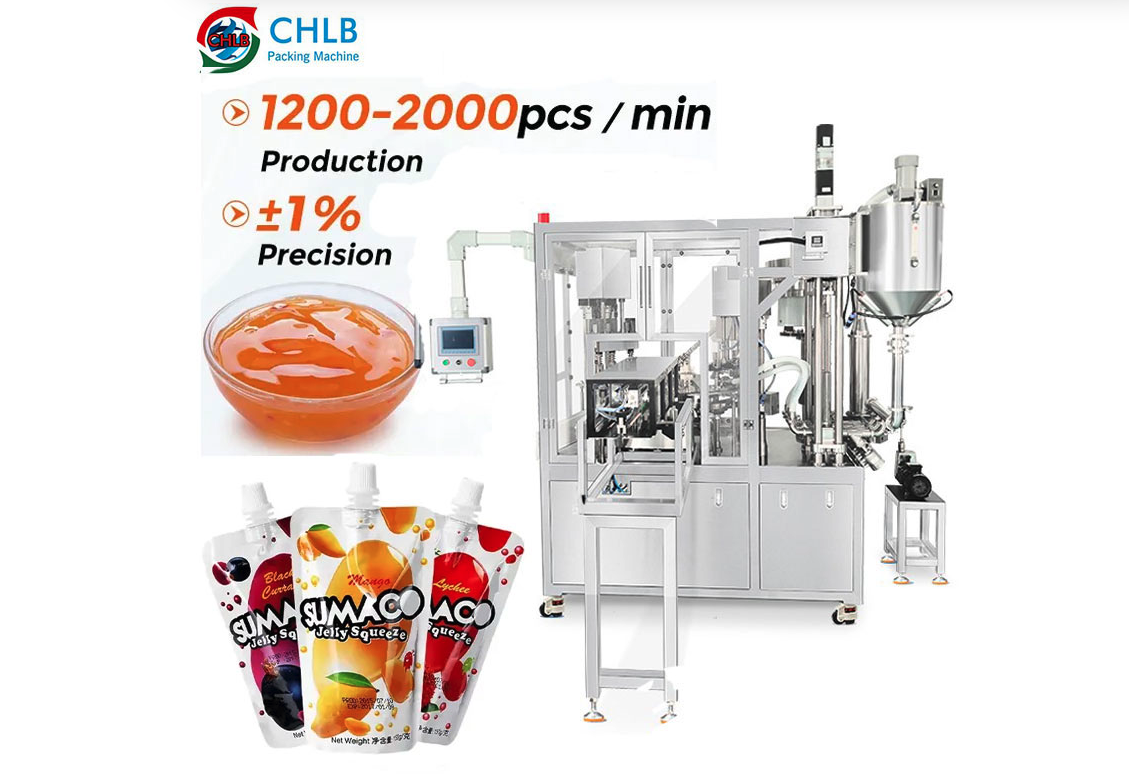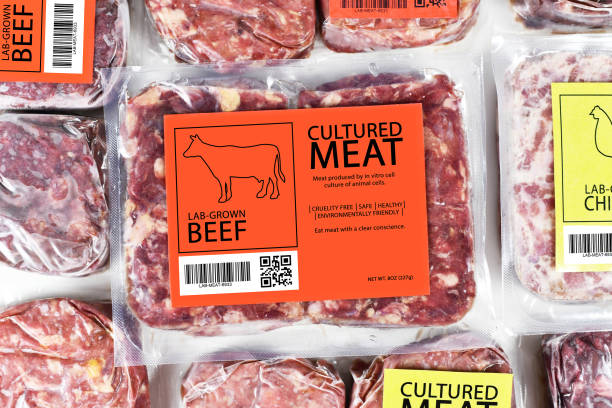आज के तेजी से बढ़े हुए उत्पादन के माहौल में, पैकेजिंग अब केवल किसी उत्पाद की रक्षा के बारे में नहीं है - यह दक्षता के बारे में है, ब्रांडिंग, और शेल्फ अपील. चाहे आप कुकीज़ लपेट रहे हों, औजार, चिकित्सा की आपूर्ति, या व्यक्तिगत देखभाल उत्पाद, अधिकार का चयन करना प्रवाह रैपिंग मशीन अपने थ्रूपुट और पैकेजिंग स्थिरता में काफी सुधार कर सकते हैं.
लेकिन इतने सारे मॉडल और निर्माताओं के साथ, आप अपने व्यवसाय के लिए सही कैसे चुनते हैं?
यह गाइड आपको प्रवाह के प्रकार से लेकर सब कुछ के माध्यम से चलाएगा कि कैसे फ्लो रैपर सिकुड़ने वाले रैपर से भिन्न होते हैं - और सबसे महत्वपूर्ण बात यह है कि, अपनी उत्पादन लाइन के लिए सबसे स्मार्ट निवेश कैसे करें.
फ्लो रैपिंग क्या है और यह क्यों मायने रखता है?
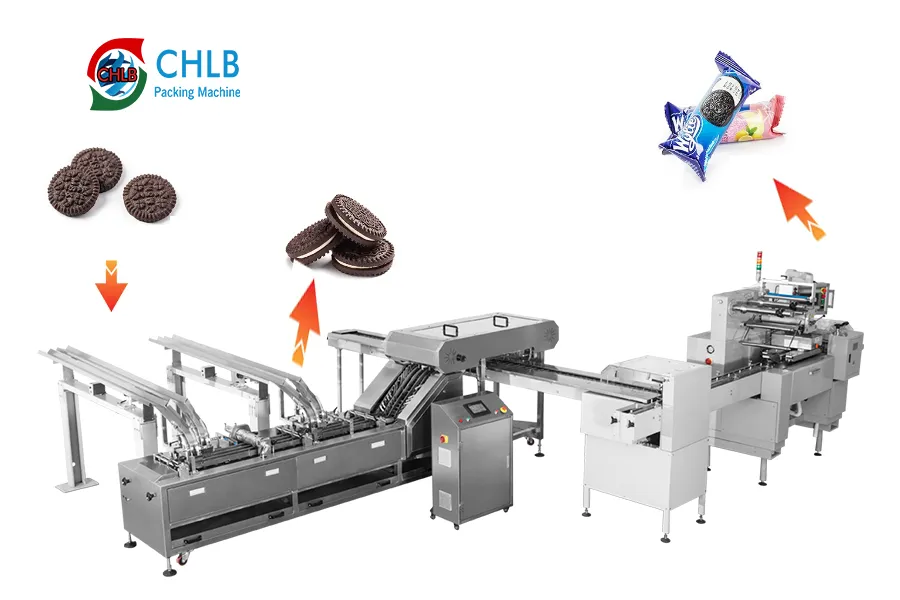
फ्लो रैपिंग एक है क्षैतिज रूप (एचएफएफएस) पैकेजिंग प्रक्रिया जो प्रभावशाली गति और स्थिरता के साथ एक सील पैकेज बनाती है. लेकिन इसका मूल्य बुनियादी कार्यक्षमता से परे है.
एक तेज़-तर्रार दुनिया में एक पेशेवर खत्म
- निरंतर पैकेजिंग दक्षता
अन्य पैकेजिंग विधियों के विपरीत जो बैचों में काम करते हैं, फ्लो रैपर एक निरंतर गति में काम करते हैं, प्रति मिनट सैकड़ों इकाइयों तक सील करना. यह उन्हें उच्च-मात्रा संचालन के लिए आदर्श बनाता है.
- चिकना और छेड़छाड़-प्रूफ उपस्थिति
फ्लो रैपिंग एक वर्दी प्रदान करता है, तकिया की तरह खत्म जो न केवल पेशेवर दिखता है, बल्कि उत्पाद को सुरक्षित और हाइजीनिक भी रखता है.
- समय के साथ लागत प्रभावी
जबकि प्रारंभिक निवेश अधिक लग सकता है, फ्लो रैपिंग मशीनें फिल्म उपयोग और श्रम का अनुकूलन करती हैं, सामग्री और समय दोनों में दीर्घकालिक बचत की पेशकश.
विभिन्न प्रकार के फ्लो रैप क्या हैं?
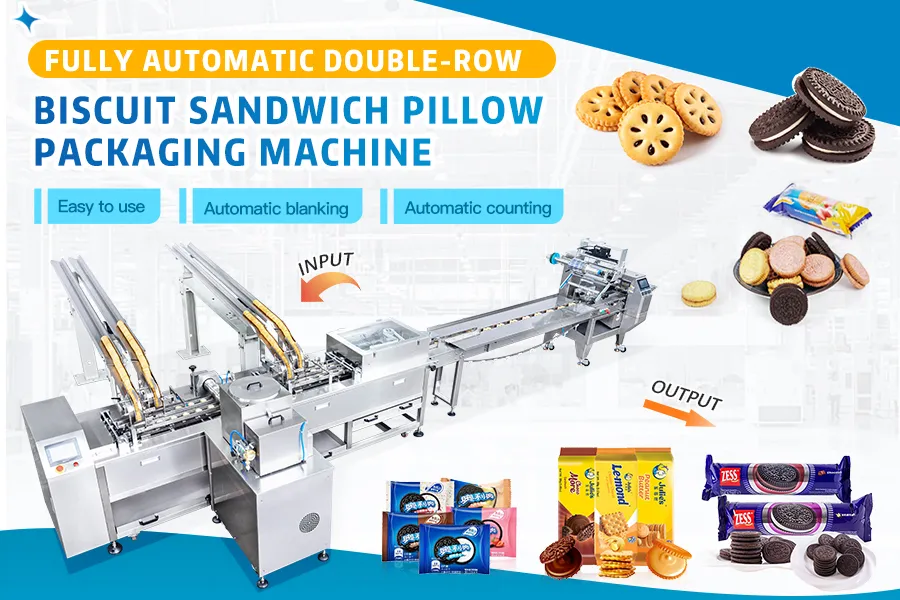
फ्लो रैप के प्रकारों को समझना आपके उत्पाद प्रकार और बाजार के लिए सही प्रणाली का चयन करने के लिए महत्वपूर्ण है. स्नैक्स से लेकर सर्जिकल टूल्स तक, प्रत्येक एप्लिकेशन के अनुरूप एक रैप प्रकार है.
तकिया पैक प्रवाह
- सबसे आम और बहुमुखी
इस शैली में एक बैक-सील सीम के साथ ऊपर और नीचे की तरफ फिन सील है, छोटे के लिए आदर्श, कैंडी बार या चाय पाउच जैसे हल्के आइटम.
- उच्च गति संगत
तकिया पैक पूरी तरह से स्वचालित प्रवाह रैपर के साथ मूल रूप से काम करते हैं, तेजी से चलती उत्पादन लाइनों के साथ रखना.
- शेल्फ-फ्रेंडली और हाइजीनिक
एक तंग के साथ, स्वच्छ प्रस्तुति, ये पैक खुदरा सेटिंग्स में लोकप्रिय हैं और ताजगी को संरक्षित करने में मदद करते हैं.
पुनर्व्यवस्थित प्रवाह आवरण
- बहु-उपयोग उत्पादों के लिए सुविधाजनक
पोंछे के लिए आदर्श, पके हुए माल, या स्नैक्स का मतलब समय के साथ सेवन करना था, resealable रैप्स प्रयोज्य में सुधार करता है.
- विस्तारित उत्पाद जीवन
ज़िप सील या चिपकने वाले बंद जैसे विकल्पों के साथ, यह शैली वस्तुओं को लंबे समय तक ताजा रखती है और स्पिलेज को रोकती है.
- पर्यावरण के अनुकूल विकल्प
कई प्रवाह आवरण निर्माता अब पुनर्नवीनीकरण योग्य फिल्मों की पेशकश करते हैं, स्थायी रुझानों के साथ अपने व्यवसाय को संरेखित करना.
फ्लो रैपिंग बनाम. सिकुड़ना: क्या फर्क पड़ता है?
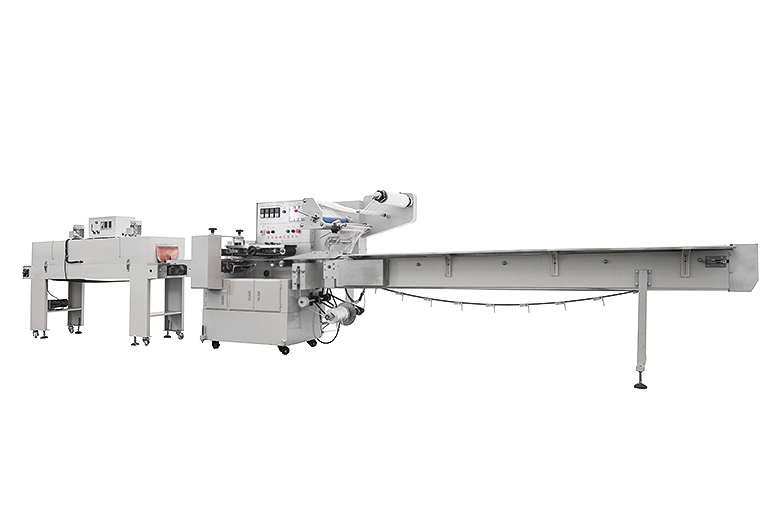
| विशेषता | प्रवाह रैपिंग | सिकुड़ना |
| तरीका | फिल्म लपेटता है और उत्पाद के आसपास सील करता है | फिल्म गर्मी के साथ कसकर सिकुड़ जाती है |
| फिल्म प्रकार | polypropylene, टुकड़े टुकड़े में फिल्में | पीवीसी, polyolefin, POLYETHYLENE |
| गर्मी का उपयोग | कोई हीट टनल की जरूरत नहीं है | गर्मी सुरंग या बंदूक की आवश्यकता है |
| रफ़्तार | तेज़, निरंतर गति | गर्मी की प्रक्रिया के कारण धीमी गति से |
| देखना | चिकना, तकिया-पैक खत्म | कसा हुआ, फार्म-फिटिंग खत्म |
| के लिए सबसे अच्छा | वर्दी, एकल आइटम (बार -बार, औजार, नाश्ता) | बंडल या विषम आकृतियाँ (बोतलों, बक्से) |
सिकुड़ने वाली मशीनों के साथ प्रवाह रैपिंग मशीनों को भ्रमित करने के लिए यह आम है, लेकिन वे विभिन्न पैकेजिंग परिणामों के साथ अलग -अलग कार्य करते हैं.
वे कैसे काम करते हैं
- फ्लो रैपिंग मशीनें
ये मशीनें फिल्म में एक उत्पाद लपेटती हैं, फिर सील करें और इसे अलग -अलग पैकेजों में काट लें - सभी एक में, क्षैतिज आंदोलन.
ये मशीनें उत्पाद के चारों ओर फिल्म लपेटती हैं और आइटम के आकार के चारों ओर फिल्म को कसकर सिकोड़ने के लिए गर्मी का उपयोग करती हैं.
उपयोग की गई सामग्री
- प्रवाह रैप फिल्म
अक्सर स्थायित्व के लिए पॉलीप्रोपाइलीन या टुकड़े टुकड़े में फिल्मों का उपयोग करता है, स्पष्टता, और मुहरबंदता.
- फिल्म सिंकोड़ें
आमतौर पर पीवीसी से बना है, polyolefin, या पॉलीथीन, गर्मी के जोखिम के तहत सिकुड़ने के लिए डिज़ाइन किया गया.
अनुप्रयोग उपयुक्तता
- फ्लो रैपिंग चुनें
आपको एक समान आकार और आकार के साथ व्यक्तिगत उत्पादों के लिए उच्च गति पैकेजिंग की आवश्यकता है.
- यदि सिकुड़ते हैं तो सिकुड़ते हैं
आप कई वस्तुओं को बंडल करना चाहते हैं या एक तंग के साथ अनियमित आकार के उत्पादों की रक्षा करना चाहते हैं, फार्म-फिटिंग मुहर.
अपने व्यवसाय के लिए सही प्रवाह रैपिंग मशीन कैसे चुनें
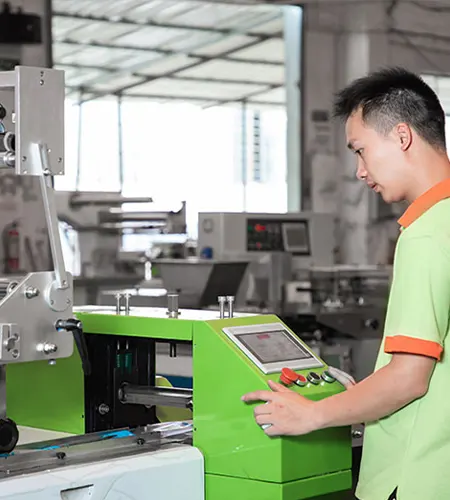
सही मशीन चुनना केवल तकनीकी चश्मे से अधिक है-यह मशीन को आपकी दीर्घकालिक पैकेजिंग रणनीति और विकास क्षमता के साथ संरेखित करने के बारे में है.
उत्पाद और मात्रा के लिए मशीन प्रकार मैच
- उत्पाद आकार और आकार का आकलन करें
वर्दी, कठोर आइटम मानक प्रवाह रैपर के साथ सबसे अच्छा काम करते हैं, जबकि अनियमित वस्तुओं को समायोज्य खिला तंत्र की आवश्यकता हो सकती है.
- आउटपुट आवश्यकताओं को परिभाषित करें
छोटे बैचों के लिए एक मैनुअल या सेमी-ऑटो मशीन चुनें, और उच्च-मांग वाले वातावरण के लिए एक पूरी तरह से स्वचालित प्रणाली.
- विकास की योजना
एक ऐसी मशीन का चयन करें जो आपके व्यवसाय के साथ स्केल कर सकती है - या तो मॉड्यूलर अपग्रेड या एडजस्टेबल फीडिंग सिस्टम के माध्यम से.
फिल्म और सामग्री संगतता का मूल्यांकन करें
- फिल्म की मोटाई और प्रकार
सभी मशीनें सभी फिल्मों को समान रूप से संभालती हैं - आपकी पसंदीदा सामग्री के साथ संगतता की जाँच करें (उदा।, पुनर्चक्रण, मुद्रित, बैरियर-ग्रेड फिल्में).
सुनिश्चित करें कि आपकी मशीन आपकी फिल्म की विशिष्ट तापमान सीमा और सील शैली को संभाल सकती है.
- पर्यावरण के अनुकूल पैकेजिंग
यदि स्थिरता एक ब्रांड मूल्य है, फ्लो रैपर निर्माताओं से पूछें कि क्या उनकी मशीनें खाद या पुनर्नवीनीकरण फिल्मों का समर्थन करती हैं.
विश्वसनीय प्रवाह आवरण निर्माताओं के साथ भागीदार
हर व्यवसाय अद्वितीय है. अच्छे निर्माता कस्टम फीडिंग सिस्टम प्रदान करते हैं, फिल्म आकार, या सीलिंग विकल्प.
- बिक्री के बाद सेवा और प्रशिक्षण
एक महान मशीन केवल इसके पीछे के समर्थन के रूप में अच्छी है. सुनिश्चित करें कि आपका आपूर्तिकर्ता स्थानीय सेवा प्रदान करता है, रखरखाव पैकेज, और ऑपरेटर प्रशिक्षण.
- ट्रैक रिकॉर्ड और समीक्षा
सिद्ध उद्योग अनुभव के साथ प्रवाह आवरण निर्माताओं के लिए देखें, सकारात्मक समीक्षा, और अपने सेक्टर में सफल केस स्टडीज.
निष्कर्ष
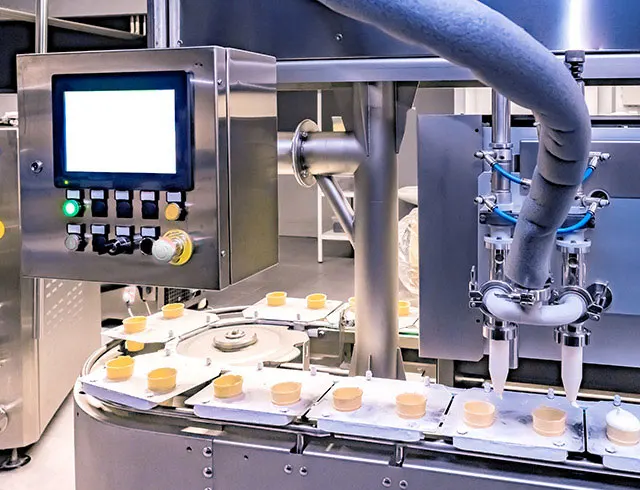
सही प्रवाह रैपिंग मशीन चुनना एक निर्णय है जो आपके व्यवसाय के हर पहलू को छूता है - उत्पाद प्रस्तुति और शेल्फ जीवन से लेकर उत्पादन की गति और ब्रांड छवि तक. सही ज्ञान के साथ, एक विश्वसनीय मशीन, और अपनी तरफ से एक विश्वसनीय निर्माता, आप अपनी पैकेजिंग लाइन को उच्च प्रदर्शन वाली संपत्ति में बदल सकते हैं.
चाहे आप एक बढ़ते स्टार्टअप हों या अपने उपकरणों को अपग्रेड करने के लिए तैयार एक स्थापित ब्रांड, कुंजी सही प्रश्न पूछने के लिए है, अपने पैकेजिंग लक्ष्यों को समझें, और एक ऐसी प्रणाली में निवेश करें जो आपके साथ बढ़ती है.
विकल्पों की तुलना करने या विश्वसनीय से सोर्सिंग की आवश्यकता है प्रवाह आवरण निर्माता? पैकेजिंग विशेषज्ञों तक पहुंचें जो आपके उत्पाद के आधार पर सही फिट का चयन करने में आपकी सहायता कर सकते हैं, बजट, और व्यापार दृष्टि.
पूछे जाने वाले प्रश्न
एक क्षैतिज प्रवाह रैप मशीन क्या है?
एक क्षैतिज प्रवाह रैप मशीन हाई-स्पीड पैकेजिंग उपकरण है जो एक क्षैतिज रेखा के साथ फिल्म में उत्पादों को लपेटता है. यह व्यापक रूप से भोजन में उपयोग किया जाता है, इलेक्ट्रानिक्स, और अपनी गति के लिए व्यक्तिगत देखभाल उद्योग, FLEXIBILITY, और स्वच्छ पैकेजिंग खत्म.
क्या सामग्री प्रवाह रैप पैकेजिंग से बना है?
फ्लो रैप आमतौर पर पॉलीइथाइलीन जैसी प्लास्टिक फिल्मों से बनाया जाता है (पीई) और (पीपी), उनकी ताकत और सीलिंग क्षमता के लिए चुना गया. पर्यावरण के अनुकूल विकल्प जैसे कि रिसाइकिल और बायोडिग्रेडेबल फिल्में भी लोकप्रिय हो रही हैं.
एक फ्लो रैप मशीन कैसे काम करती है?
उत्पाद एक कन्वेयर पर चलते हैं, निरंतर फिल्म में लिपटे हो जाओ, तीन पक्षों पर सील, और फिर व्यक्तिगत पैक में कटौती. प्रक्रिया तेज है, सटीक, और उच्च-मात्रा उत्पादन के लिए आदर्श.
फ्लो रैप में किस प्रकार के प्लास्टिक का उपयोग किया जाता है?
फ्लो रैप आमतौर पर उनके स्थायित्व के लिए पीई और पीपी फिल्मों का उपयोग करता है, FLEXIBILITY, और स्पष्ट खत्म. वे सीलिंग के लिए बहुत अच्छे हैं और आसानी से ब्रांडिंग या उत्पाद जानकारी के साथ मुद्रित किए जा सकते हैं.

